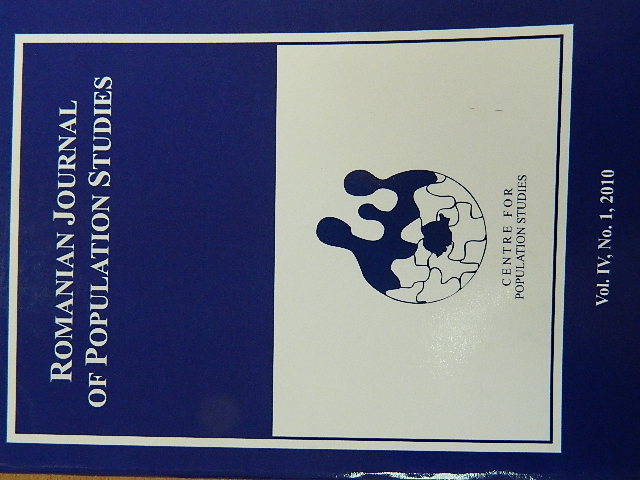Die Entwicklung der Haus- und Hofgemeinschaften im Bereich der Militärgrenze in Transsylvanien und im Banat
The House and the Extensive Domestic Group of the Military Border Area (Militärgrenze) from Transylvania and Banat
Author(s): Gheorghe SişeşteanSubject(s): History
Published by: Centrul de Studiere a Populaţiei
Keywords: Military Border; extended domestic group; family communion; ”zadruga”; house developed through agglutination (addition)
Summary/Abstract: The entrance of Transylvania and Banat in the Austrian Empire space determined in the second part of the 18th Century the constitution of the Military Border (Militärgrenze) in the region of the mountainous Banat, the south of Transylvania and in the north – east of this province. The Military Border represented an area that was removed from the local feudal authority and that was subordinated directly to the Viennese Court, which led to a reinvention of the free peasantry in this area, that represented a modernity outbreak, a laboratory of modernizing the social experiments of the empire. These experiments include those concerning the reconfiguration of social communitarian structures, including the family, its organization, but also the reconfiguration of the rural habitat, especially the one of the household and the rural precinct. In this study we will analyze the reforms in the family organization domain, through the constitution of the “house communion”, inspired from the “zadruga” model of the southern Slavs, which will replace the nuclear, typical Romanian family in the area of the Military Border. The existence of the extended family, which grouped in the “house communion” more related families (usually brothers), but sometimes unrelated, with a large number of persons, imposed the reconfiguration of the household and of the dwelling. The latter gets an imposing aspect, with a large number of rooms, like in the case of the houses from the mountainous Banat where development occurred through agglutination, addition or annexation of new rooms to the initial core of the house when a new family was founded, as in the case of the Năsăud area. After the dissolution of the Military Border, in the second part of the 19th Century, despite the fact that the external imperatives of the family and of the household have disappeared, the logic of the communion structures regarding the house and, implicitly, of the home, have been maintained, so that even nowadays one can see on the field vestiges in dissolution of these organizations, as I have managed to highlight through the field surveys from the Şanţ locality and from the mountainous Banat area.
Journal: Romanian Journal of Population Studies
- Issue Year: 4/2010
- Issue No: 1
- Page Range: 119-136
- Page Count: 18
- Language: German
- Content File-PDF

